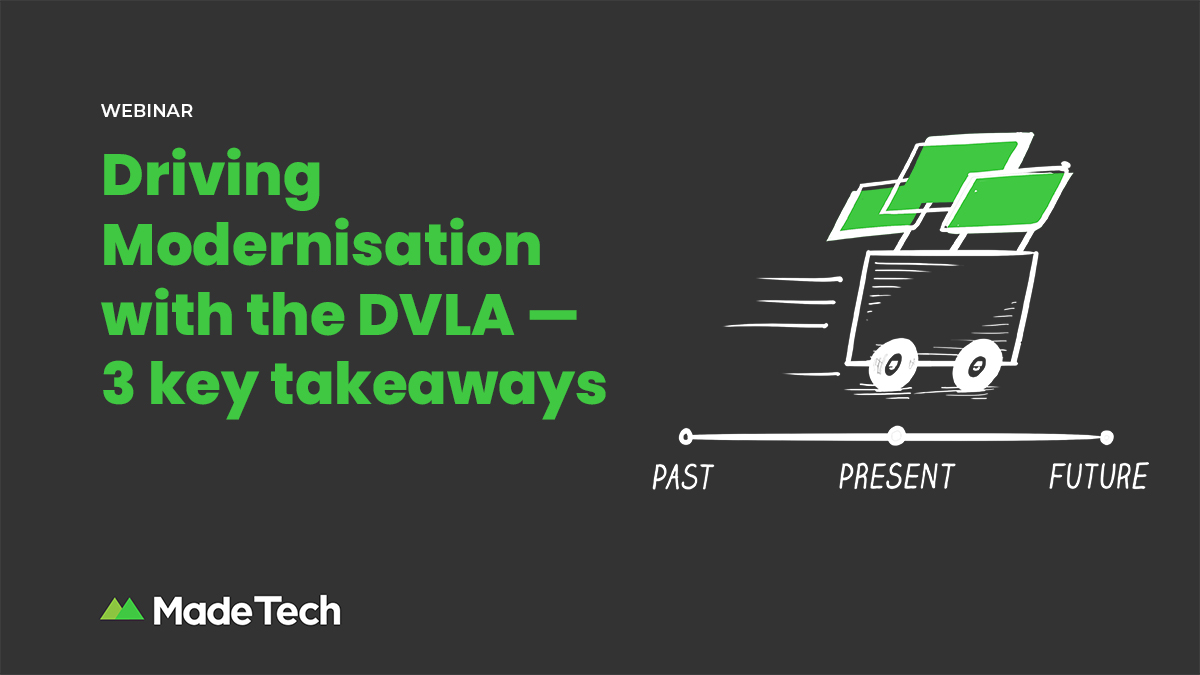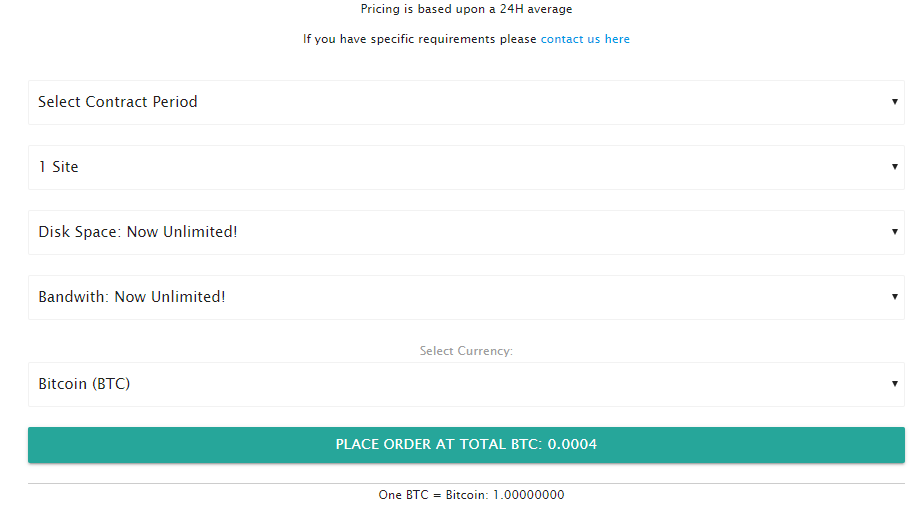
Assembling and running a high-performance, collaborative team can be one of the biggest challenges in building a customer-facing service. And when you couple that with a complex technical delivery, it’s a process with a lot of moving parts. So how do you get these elements right and shape culture and process at the same time?
In our latest Made Tech Talks Webinar, Scott Edwards, one of our Lead Engineers here at Made Tech, talked through a recent project we ran with the DVLA. We worked as part of a blended team to help the organisation modernise its Driver’s First Provisional service — all with the goal of helping new drivers get on the road.
To watch the full webinar, hit play below — or keep on reading to find out our three key takeaways.
Break down team barriers and encourage collaboration
One of the key challenges the DVLA faced was centred around their collaboration between roles. And for Scott, driving collaboration meant breaking down these barriers. To encourage collaboration, Scott and the team implemented a SCRUM framework, which helped team members more easily understand the business needs of the project, split work into sensible iterations, and work as a single team.
The team also focused on working together in the same room — albeit virtually — as well as championing transparent communication, which enabled them to raise any issues or challenges so that they could improve processes moving forward.
Expand the scope of automated testing
Another key challenge the DVLA faced was that as they continued to expand their service, their testing scope just kept getting larger.
In traditional models of development, developers will typically build a feature, and then hand it over to testers to find any errors. But as the service scales, features are added, and the scope of testing increases, this can become a blocker to getting new services live on production.
Scott explained that making this testing process more efficient starts with automation, and building up cumulative testing capability over time. By encouraging knowledge and skills sharing between roles, developers can feel empowered to learn how to test, while testers can likewise be empowered to develop code that automates the testing process.
This means that teams can quickly identify errors and integration issues, but it also ensures lower operational costs and organisational risks.
Introduce new ways of working slowly
Ultimately, when you’re implementing new processes, it can be tempting to roll things out as quickly as possible — especially on the technical side of things. But, Scott cautioned, we need to remember that this process is also about cultural change, and will mean teams will need to learn to work together in a new way.
Scott suggested being understanding as to how people’s identities intertwine with who they are at work. He also recommended that teams implement knowledge-sharing sessions, where team members can ask questions, or share domain-specific expertise, as well as hosting retrospectives to dive deeper into projects after completion.
Going through this process slowly will help rally people around a shared goal, encourage deeper knowledge sharing, develop trust between team members, and allow teams to modify and optimise their processes over time.
If you enjoyed our Driving Modernisation with the DVLA webinar, be sure to keep your eye on our page for more upcoming events. For more great conversations on all things tech in the public sector, take a look at our new podcast Making Tech Better.







